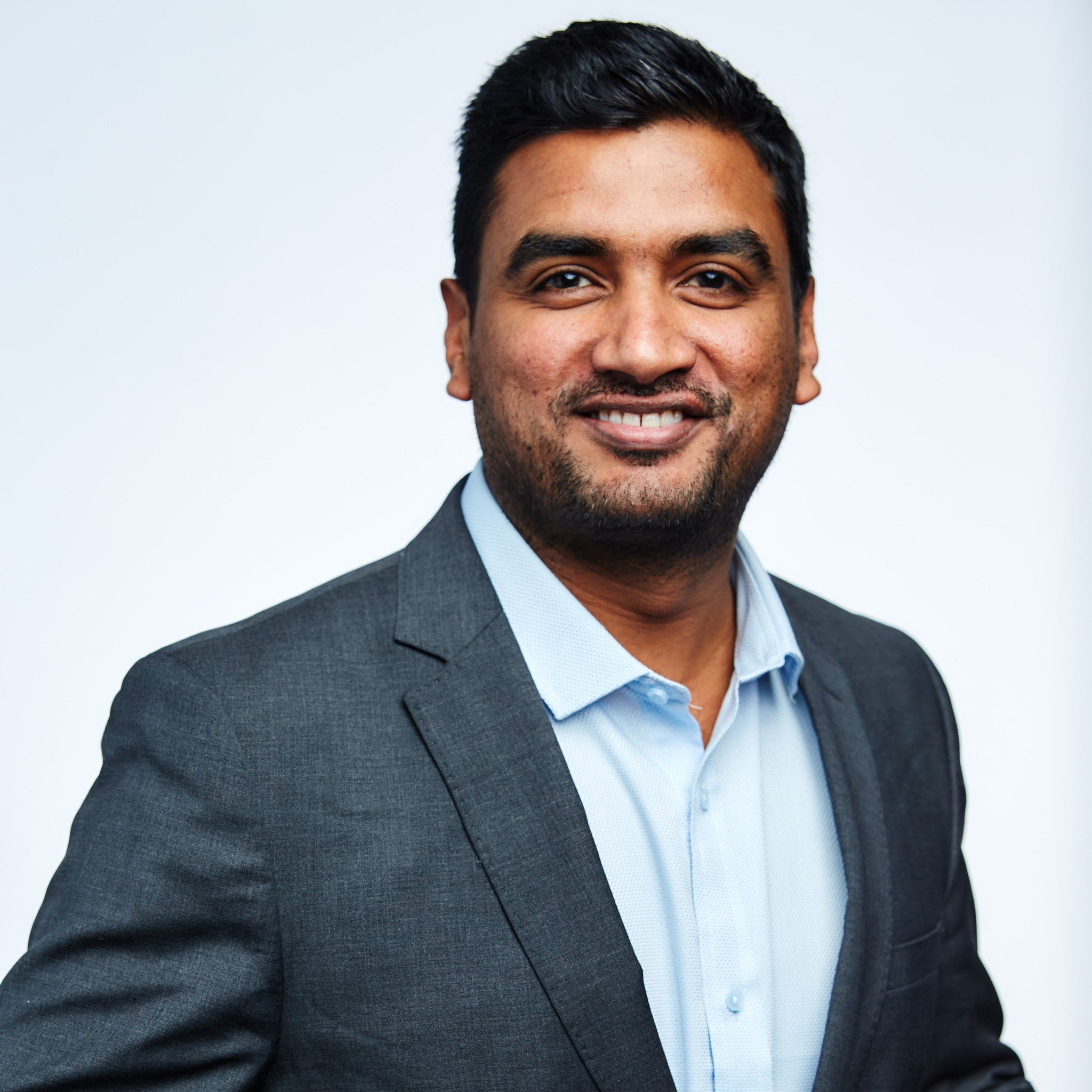Cyberdyne’s photoacoustic imaging: advancing medical diagnostics from Rotterdam
Best known for pioneering wearable robotics, Japanese tech company Cyberdyne is now breaking new ground in medical technology. Its Hybrid Assistive Limb (HAL) system – a medically approved exoskeleton controlled by bioelectrical signals – has already transformed rehabilitation care. Now, from its office in Rotterdam, Cyberdyne is developing a photoacoustic imaging system that uses light and sound to visualize what is happening inside the body, revolutionizing diagnostics. We spoke with Dr. Mithun Kuniyil Ajith Singh, who leads this work in Rotterdam, about Cyberdyne’s new focus and its close collaboration with Erasmus MC.
Dr. Mithun Kuniyil Ajith Singh leads the Rotterdam office of Cyberdyne. “In 2016, I finished my PhD in photoacoustic imaging at the University of Twente together under the guidance of Prof. Wiendelt Steebergen,” Mithun says. “After that, I joined Cyberdyne to help establish their photoacoustic imaging technology in Europe, which was still in the research and conception phase.”
Innovating medical imaging
Photoacoustic imaging combines light and sound to visualize tissues. “With an ultrasound, you send and detect sound waves. What you see on the screen is the reflectivity map,” Mithun explains. “In photoacoustic imaging, you don’t send sound – you send light. When that light is absorbed by different parts of the body, the tissue warms up locally and expands. This generates sound waves, so it is sound generated by light, which we can detect using regular ultrasound sensors.” Because different types of tissue and contrast media absorb light at different wavelengths, the technology can create detailed images that clearly show the differences between the tissues. “We use this technology to detect and diagnose cancer, inflammation, arthritis, and more. Its potential applications are very broad,” Mithun notes, underlining the diagnostic power of the technology.
What makes Cyberdyne’s technology stand out in this small but growing field, is its unique use of LED instead of traditional lasers. “There are a few companies in the world working on this technology, but they all use bigger lasers,” Mithun says. “These lasers are very expensive, and you cannot easily translate them to hospitals because of the safety concerns. At Cyberdyne, we use LED, which is very safe and more affordable. That’s the key selling point of our technology.” This unique approach led to the development of their product Acoustic X: the world’s first LED photoacoustic imaging system.
Building a European presence in Rotterdam
To lead the development of this technology in Europe, Mithun was hired to establish Cyberdyne’s office in Rotterdam. “When I finished my PhD, Cyberdyne was just starting with the photoacoustic technology. They asked me to start a new European facility, as their facility in Germany focuses mainly on robotics.”
Several cities in the Netherlands were considered, but the choice quickly became clear. “The main reason we picked Rotterdam was Erasmus MC and their solid group doing research on photoacoustic imaging,” Mithun explains. “Another reason was the great connection with other large cities in Europe, like Paris, and the airports. So, we decided to start an office in Rotterdam, at CIC (Cambridge Innovation Center, ed.). CIC was very helpful and supportive in that process.”
Collaboration with Erasmus MC
While the technology is currently being used in pilot studies, it is not yet clinically approved. Mithun: “We are working very closely with the Department of Biomedical Engineering at Erasmus MC, and also with research labs in Twente and Eindhoven to gather all the data we need to get our product approved.” Two key collaborators at Erasmus MC are Prof. Francis Kalloor Joseph and Prof. Dr. Gijs van Soest, two experienced professors who play an important role in advancing the photoacoustic imaging studies. This collaboration has proven essential. “The research is very extensive at Erasmus MC, with a team of PhD students, postdocs, and researchers validating the technology,” Mithun says. “I’m very actively involved and visit often.”
“Cyberdyne has been a valuable partner in advancing clinically relevant photoacoustic imaging, including work on oxygen saturation and tumor margin assessment,” says Prof. Francis Kalloor Joseph. “With increasing clinical interest in quantitative tissue imaging, our collaboration exemplifies how strong academic–industrial partnerships can accelerate the translation of emerging technologies into real-world healthcare applications.”
Over the past few years, Cyberdyne and Erasmus MC have secured multiple research grants together and jointly published over 15 journal articles, proceedings papers, and book chapters showcasing the technology. Recently, their collaborative work was recognized as a finalist for the 2025 Photonics Frontiers Award – a testament to the strength of their partnership.
Looking ahead, Cyberdyne is focused on refining the next generation of their prototype. “The next clinical-grade prototype is almost finished,” Mithun says. “In a few years it will come out, and we are now exploring different ways of implementation.”
As Cyberdyne’s photoacoustic imaging technology moves closer to clinical translation, the work in Rotterdam stands as a powerful example of how collaboration between academia and industry can accelerate innovation in medical diagnostics.
Date: June 25, 2025




